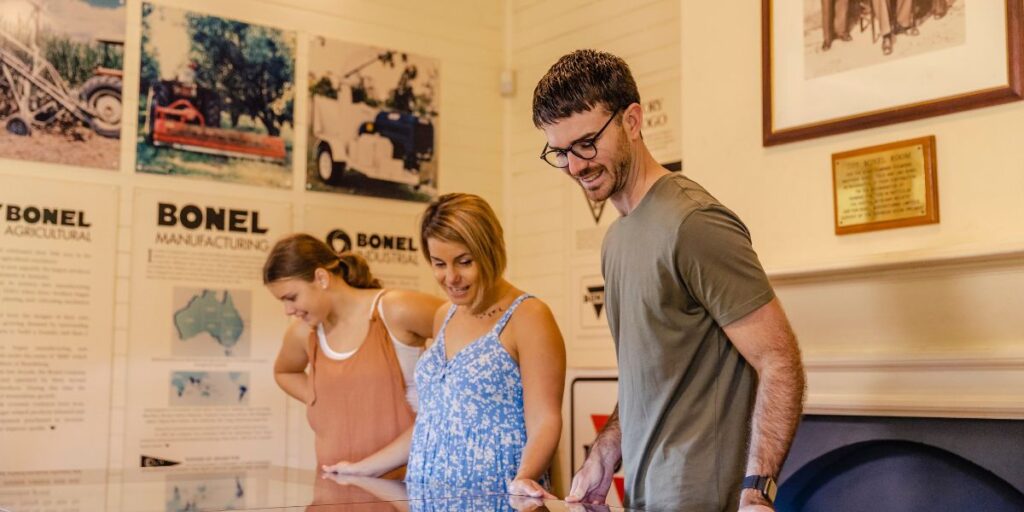
Image credit – Tourism and Events Queensland
Bundaberg, like many growing regional centres, finds itself at the intersection of opportunity and challenge as it navigates the complexities of population growth. According to the AHURI Final Report No. 425, regional growth can invigorate local economies, enhance community diversity, and support local businesses. However, it also places stress on infrastructure and services that need careful planning and proactive management to ensure sustainability.
The benefits of population growth in Bundaberg are clear. With new residents arriving, local businesses see an increase in demand, fostering economic resilience. This growth also brings fresh ideas and talents that enrich the community and contribute to a dynamic local culture. The influx of younger families and professionals helps rejuvenate the area, supports school enrollments, and encourages the development of community programs tailored to a more diverse demographic.
However, rapid population growth presents significant challenges. Housing availability, for instance, becomes a critical concern. As noted in the AHURI report, housing shortages and rising prices can occur when demand outpaces supply. Bundaberg, known for its affordability, risks losing this competitive edge if housing stock does not keep up with population increases. Maintaining affordability is crucial not only for attracting new residents but also for ensuring that existing community members can continue to thrive without facing undue financial pressure.
Infrastructure is another area under pressure. Public transport systems, road networks, and essential services such as healthcare and education must scale to meet new demands. The AHURI report points out that regional areas experiencing growth must enhance service provision to avoid bottlenecks that could diminish quality of life. Bundaberg’s leaders are already considering these challenges by planning and advocating for infrastructure projects that will support continued growth without sacrificing the town’s liveability.
The strain on healthcare and education services also becomes evident as population numbers rise. Ensuring that hospitals, clinics, and schools can manage an increased population without long waiting times or overcrowding is crucial for sustaining resident satisfaction. Solutions could include targeted recruitment for healthcare professionals and investments in school expansions or new learning facilities.
Balancing these challenges is an opportunity for Bundaberg to grow strategically and sustainably. Lessons from other regional centres demonstrate that forward-thinking urban planning, supported by strong partnerships between local government, businesses, and the community, can make all the difference. Investing in public amenities, affordable housing projects, and robust community engagement can help Bundaberg manage its growth effectively.
Regional cities’ future lies in its ability to harness the benefits of population growth while tackling the challenges head-on. By focusing on inclusive development and proactive solutions, Bundaberg can maintain its charm and appeal while evolving to meet the needs of a growing population. This balance ensures that new and long-standing residents alike can enjoy a thriving, well-supported community.
This article, written by Welcome to Bundaberg Founder Gayle Reynolds, is inspired by the AHURI Final Report No. 425 titled *“Place-based drivers and effective management of population growth and change in regional Australia.”* Authored by Caitlin Buckle, Greta Werner, Nancy Marshall, Glen Searle, Nick Osbaldiston, Somwrita Sarkar, Durba Kundu, and Nicole Gurran from the University of Sydney and James Cook University, this report was published in August 2024. It explores key push and pull factors affecting population changes in non-metropolitan Australia and offers valuable insights into managing growth effectively in regional areas.
Reference:
Buckle, C., Werner, G., Marshall, N., Searle, G., Osbaldiston, N., Sarkar, S., Kundu, D., & Gurran, N. (2024). *Place-based drivers and effective management of population growth and change in regional Australia*. AHURI Final Report No. 425. Australian Housing and Urban Research Institute Limited.
